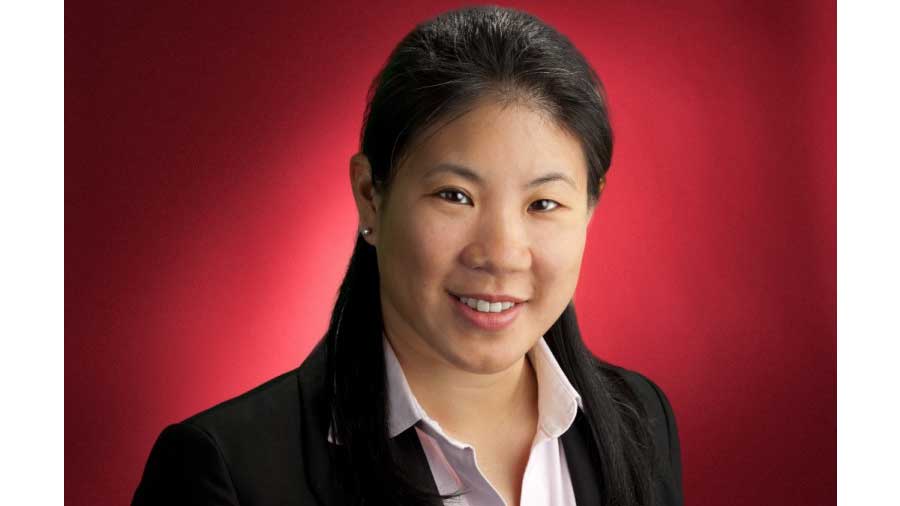Google Aims to Make TV Ad Breaks Even Smarter

Google is introducing new ad tech products that will enable broadcasters and cable networks to maximize revenue by making break formats more flexible in their over-the-top and streaming video content.
In addition to making what it calls smart ad breaks smarter, the updates to Google’s DoubleClick for Publishers help better organize content and forecast viewership, enabling programmers to more effectively sell inventory and deliver campaigns.
Search ad giant Google has made a number of efforts to insinuate itself into the TV business. As the line between television and digital blurs and more video is delivered over-the-top and online, Google has rebuilt the video portion of DoubleClick that is used by 50 top programmers in North American including CBS, AMC and Bloomberg, says Rany Ng, director of product management at Google.
“We’ve seen a 4-times increase in dynamic ad insertions,” Ng said.
Google’s new products include:
- TV Content Explorer in DoubleClick for Publishers -- New feature being beta tested in DFP places TV content is front and center in the platform. It applies machine learning to help publishers automatically organize thousands or millions of pieces of video content into an intuitive catalog of shows or clips.
- TV-Modeled Forecasting and Pacing in DFP -– Also in beta, DFP's forecasting engine has been enhanced to include support for TV seasonal events including long look-back windows, show stop and start support and historic future side by sides, in order to more effectively sell through your inventory and deliver campaigns in full.
Another new feature of DoubleClick allows publishers to run video ads outside video content, such as in between paragraphs in an article or in mobile app feed.
“One of the things we’re seen in the market is that programmatic video is something that’s growing pretty quickly, on both the advertisers side and on the broadcaster side as well. And in particular we see a growth in programmatic guaranteed deals,” says Ng, pointing to a doubling of the number of impressions sold that way since last year.
Broadcasting & Cable Newsletter
The smarter way to stay on top of broadcasting and cable industry. Sign up below
Last year, Google announced Smart Ad Breaks, which were automatically able to obey rules to avoid advertiser conflicts within shows and individual breaks.
Ng says Google is now making the breaks even smarter.
“Our goal with smarter ad breaks is to allow a broadcaster, a programmer, to make their entire ad break, or any portion of their ad break available for programmatic ad demand,” she says.
That means that if there’s a 60-second break, it could be broken up and sold as spots of different lengths, depending on market demand, while still following the programmer’s business rules. That includes the six-second ads being rolled out by Google’s YouTube and Fox.
Different spots could also be targeted or be addressable.
At this point targeting is done using the programmers’ audience data though the DoubleClick Bid Manager. But Google is testing using audience insights from Google to better target ads.
Google is working on a way to adjust the formats of ads when they are viewed on smartphones
“As users hold their phones vertically we're introducing kind of machine learning ways to help automatically convert horizontal video creatives to vertical creative,” Ng says.
And it is working on systems that give the viewer rewards in return for watching ads. “It tends to be used a lot in games, but it’s also used for free viewing time,” she says.
“Our goal is to provide options and flexibility for our customers,” Ng says. “It’s up to them to figure out how to incorporate six second or longer ads or these types of interactive formats with their content and their audience base.”
Jon has been business editor of Broadcasting+Cable since 2010. He focuses on revenue-generating activities, including advertising and distribution, as well as executive intrigue and merger and acquisition activity. Just about any story is fair game, if a dollar sign can make its way into the article. Before B+C, Jon covered the industry for TVWeek, Cable World, Electronic Media, Advertising Age and The New York Post. A native New Yorker, Jon is hiding in plain sight in the suburbs of Chicago.










